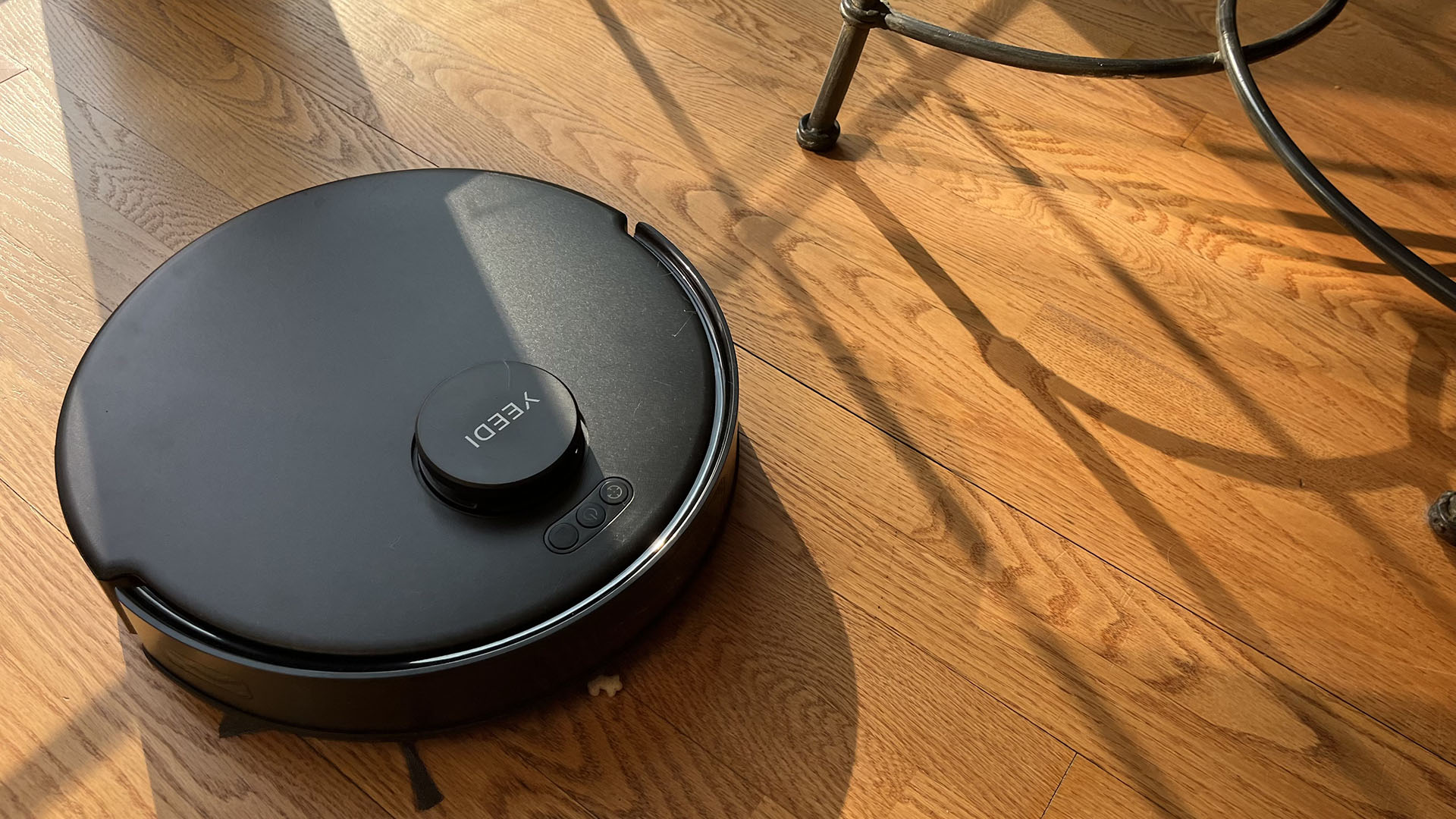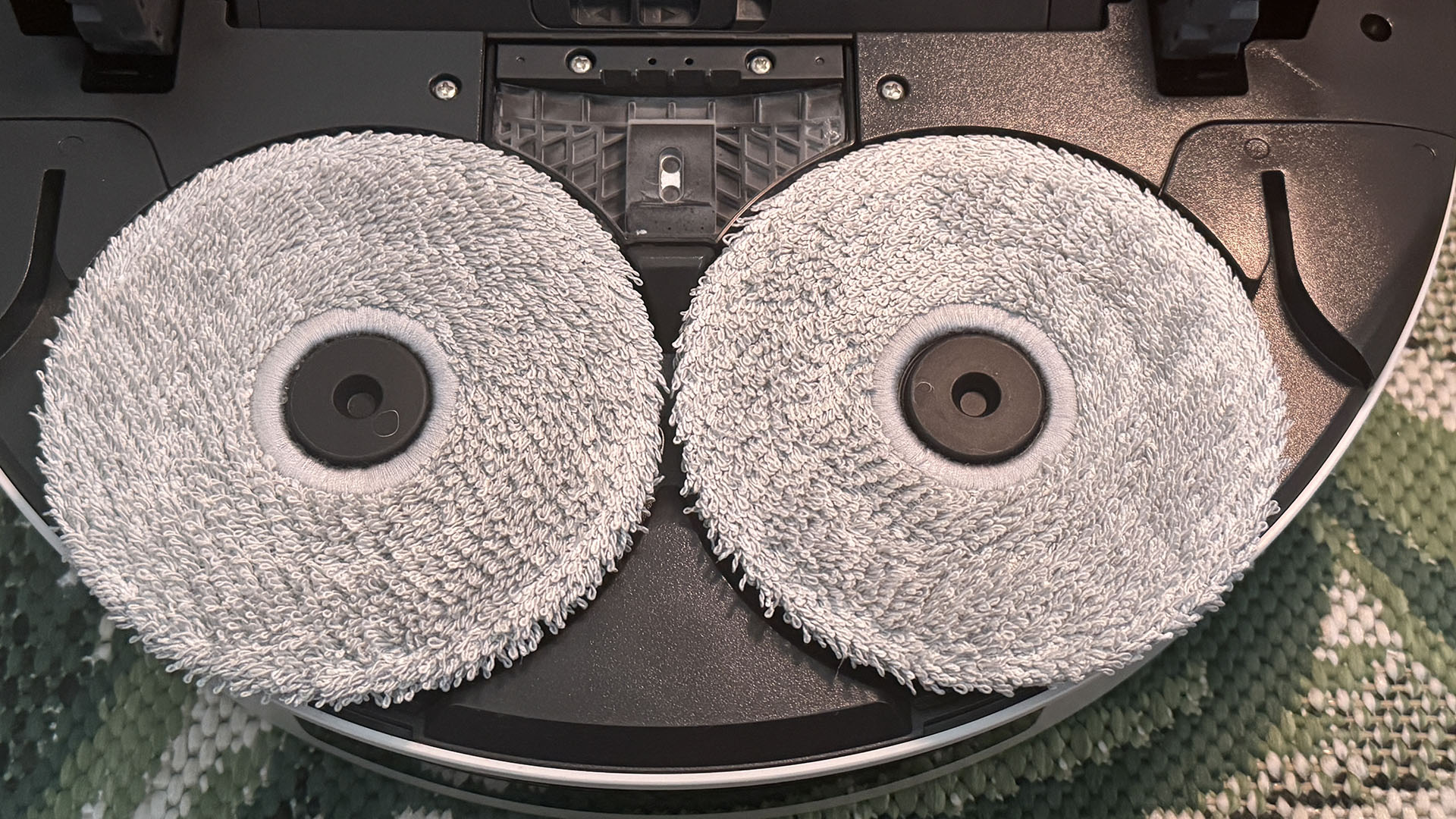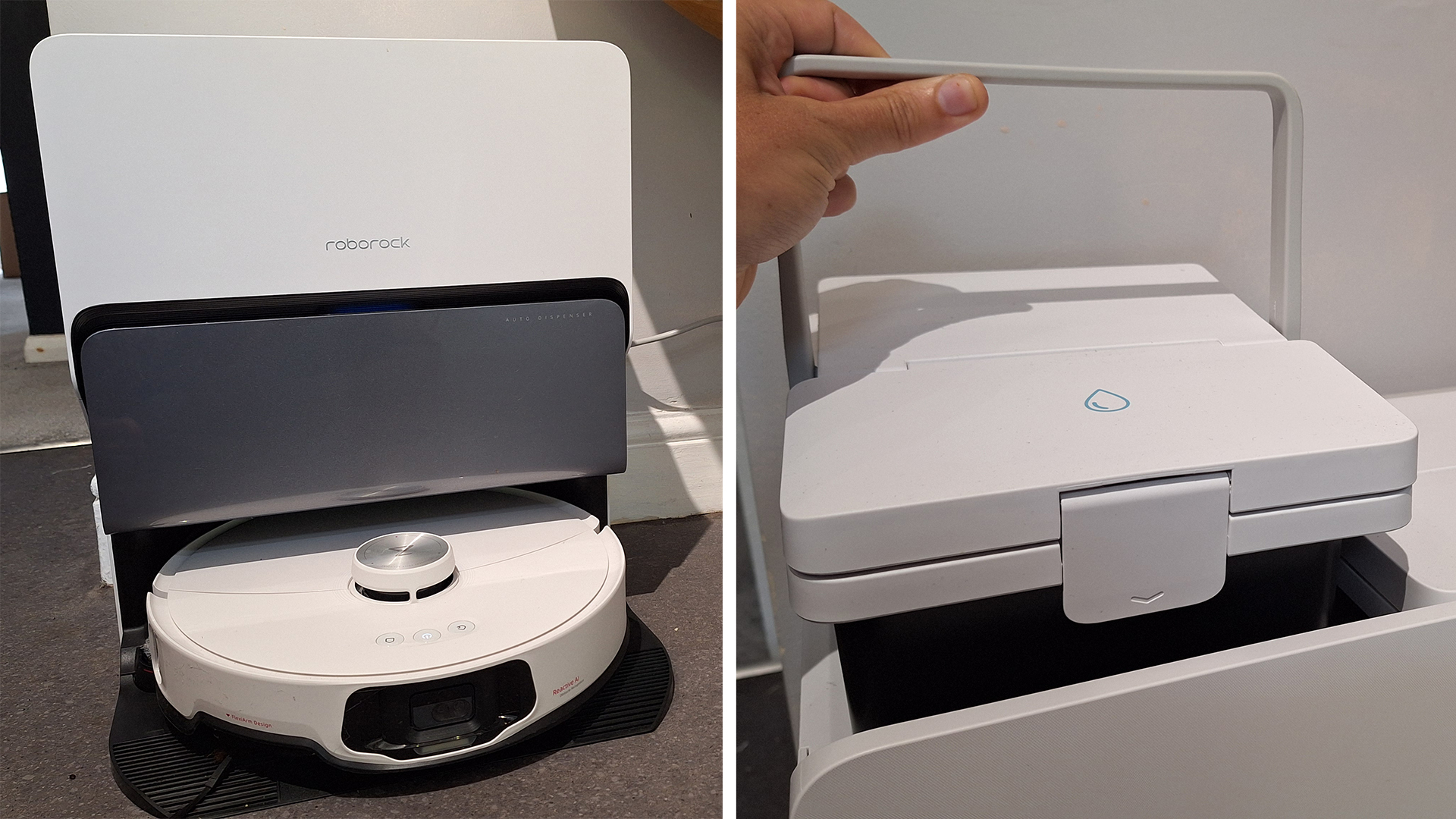
The holiday sales are an especially good time to invest in a robot vacuum. While the Black Friday deals span anything and everything, small appliances are always well represented, and robot vacuums especially so.
Before you dive head-first into the Black Friday robot vacuum deals, it's worth narrowing down exactly what you're looking for. Robovacs range wildly in price and features. You can pick up extremely basic, low-cost models that just vacuum, and find their way by bumping into things and backing away. Or today's best robot vacuums pack all kinds of smart features and can operate almost entirely autonomously. But a model like that will cost you, and it won't be worth it for everyone.
To help you narrow your options down, I've put together this guide to address the three most important questions before buying a robot vacuum. If you need more guidance, head to my complete guide to how to choose a robot vacuum.
1. Should I get a model that can mop too?
Lots of robot vacuums have the ability to mop as well as vacuum. These are generally referred to as combination or hybrid models, and they can take care of mopping up liquid spillages, as well as getting your hard floors cleaner than a vacuum alone could achieve.
Even at the premium end of the market, don't expect these to do as thorough a job as almost any kind of manual hard floor cleaner. They're really just for surface cleaning - for example, wiping away muddy footprints or pawprints. While that can still be useful you should ask if that merits the additional outlay, because combo models are often more expensive.

If you do decide to go for a combination model, look for one with rotating circular mop pads – these tend to do a better scrubbing job than static D-shaped mop pads. There are also a handful of cheap models that just drag a wet-wipe across your floor, with results that are barely worth the effort of attaching it in the first place. If you're shopping at the cheaper end of the market, you might have to manually swap the backplate on the robot vacuum from the 'vacuum' parts to the 'mop' parts. Meanwhile, the priciest options have docks that can drain and refill onboard tanks and clean the mop pads, which brings me on to...
2. Do I need a self-empty dock?
The most basic docks just charge your robot vacuum when it runs out of juice. The benefit of this kind of dock is that it's generally very compact, and it's cheaper than going for something more advanced.
The level up is a dock that auto-empties your robot's onboard dustbin into a larger bin in the dock, which will only need emptying every few weeks. These docks are bulkier, but worth the investment if you're dealing with lots of dust or pet hair, because onboard dustbins are generally very small, and fill up quickly.

If you have a bigger budget and more space, there are docks that add extra features for combination vacuum-and-mop robovacs. These can drain and refill your bot's onboard water tank, measure and dispense cleaning fluid, clean and dry its mop pads, and even clean themselves at the end of it all. These kinds of do-it-all docks are useful if you're going to be making heavy use of your robot vacuum's mopping function. But you can expect them to be bulky and expensive.
3. How much should I spend?
Broadly speaking, at TechRadar we consider anything that costs less than $500 / £400 at list price to be a budget model. Those between $500-$800 / £400-£650 are mid-range, and anything over $800+ / £650+ is premium. That's before discounts, so Black Friday is a great time to grab, for example, a premium model for a mid-range price.
The addition of features such as mopping, self-emptying, and self-cleaning will all result in a price bump. You can get some really great robot vacuums in the mid-range bracket. It's rare that anyone really needs the latest-and-greatest model (for which a four-figure price tag is increasingly common), and the rate of meaningful improvement has slowed in recent years, so opting for a slightly older option is a great strategy for maximizing your value for money.
In the Black Friday sales, we also tend to see lots of ultra-budget robot vacuums, discounted to around $150 / £150. These are still worth considering – even a simple robovac can be a massive time-saver, and if you aren't worried about things like efficient navigation and object avoidance, then they'll generally still do a good job of removing dust and dirt from your floors. I've included my favorite early deal below.
You might also like...
- Which Roomba should I buy? A simple guide to the different options
- Browse the best cheap robot vacuums in 2024
- How to prep your home for a robot vacuum







